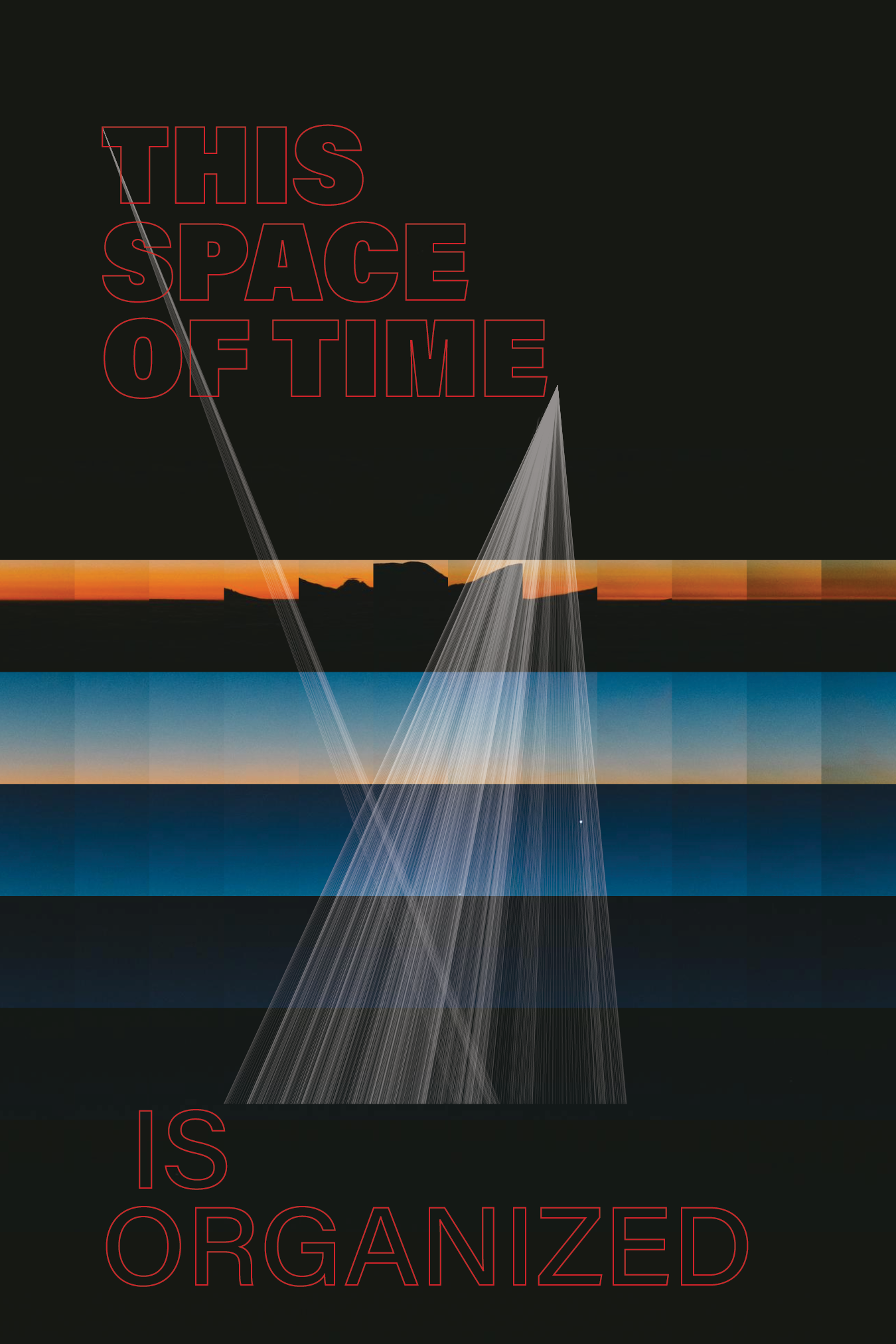
Chapter 2
Hybrid Posters.
An essay about my early code based projects and attempts to let go of control, and collaborate.
In trying to make something new, in trying to define a new relationship with my tools, to unsettle and challenge what I was comfortable with as a maker/designer, I hoped to find something to be excited by. And maybe if I couldn’t find it, I could make it. I was bored of my tools, bored of the traditional outputs of graphic design, bored of how I worked, what I made, and how I saw the things others made. I knew the marks that our tools make—again and again and again—and found little interest, no pleasure, and an absence of surprise or wonder at almost anything I looked at (anything that was in the realm of graphic design anyway).
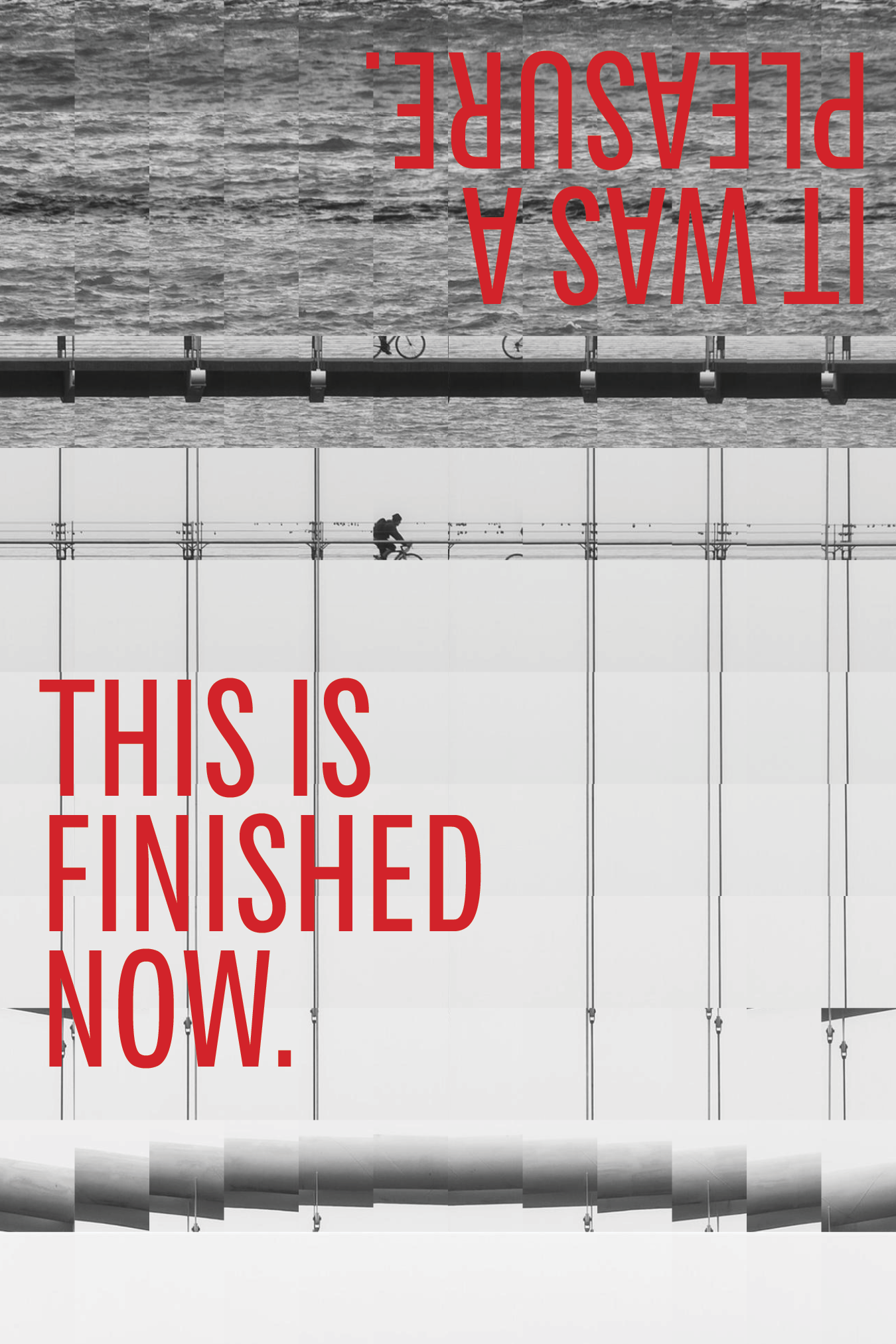
When I used to work with letterpress (on my own and while teaching a letterpress class at RISD), I had found a real sense of delight in that tool-designer relationship. It was fun and exciting to act against the weight of the drum physically, to feel and hear the paper crush under the pressure of the roller. To work and make with this massive and imposing machine and be surprised by the results. The new limitations and unknown (to me) possibilities of this work were fantastic.
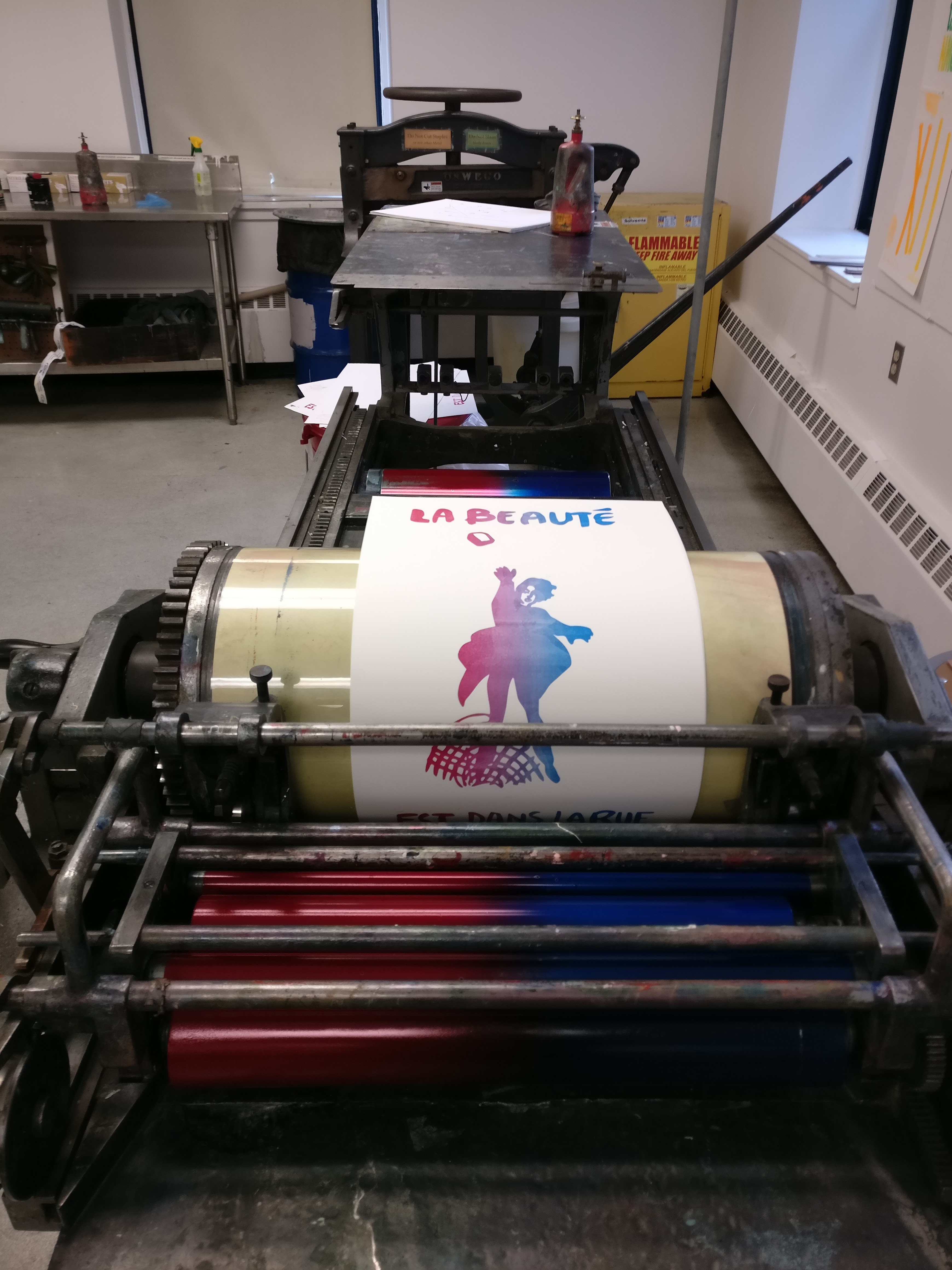
But I also saw master printers create pages that bored me to my core. The ink “kissing” the page was considered “good” by those who knew what they were doing—counter to the vulgar deep impressions that wedding planning young people and millennial hipsters wanted to see. The limited-edition runs of great American novels or new translations of the Classics that sold on subscriptions to a small number of collecting libraries for thousands of dollars made me angry and annoyed with the people I met in the letterpress community and the types of work they found acceptable and unacceptable.

The excitement I felt for the possibilities of working with this capital-T design tool, matched and encouraged by the frustration I felt for the snooty and judgement filled rules and traditional outputs it was supposed to be used for, pushed me further into a space of experimentation. I decided to break as many rules as possible, stopping just short of breaking the letterpress itself. I came to seek this same expression, freedom, and novelty in my work with other tools. I started trying to learn code so that I would bend the rules of programs like InDesign. I used sound editing software to edit photographs. I used projectors and lasers to find new ways to interact with new substrates. And when it came time to choose a method and mode of work for my thesis project I decided that the most promising path forward, one that was well-tread and would be the easiest to navigate, was designing with code.
I spent hundreds of hours learning to code in JavaScript and Java (for P5JS and Processing specifically). I wanted to find a way to feel that sense of collaboration I had felt with the letterpress again. I wanted to work with my tools in some way, to try and listen to what they wanted, to let them make choices. I had broken the rules with the letterpress and ignored traditional practices in order to get to a new creative space. With code, I could repurpose a program and make it work differently to try to make something new. I could misuse it, break it, and learn from the breaking. I was interested in flouting and breaking rules again, in making things work counter to their intended or “correct” uses. And the space of coding did that; it opened up my creative making, my tool use, in new ways, and allowed me to create new things. But I was still very much in control of the outputs and choices.
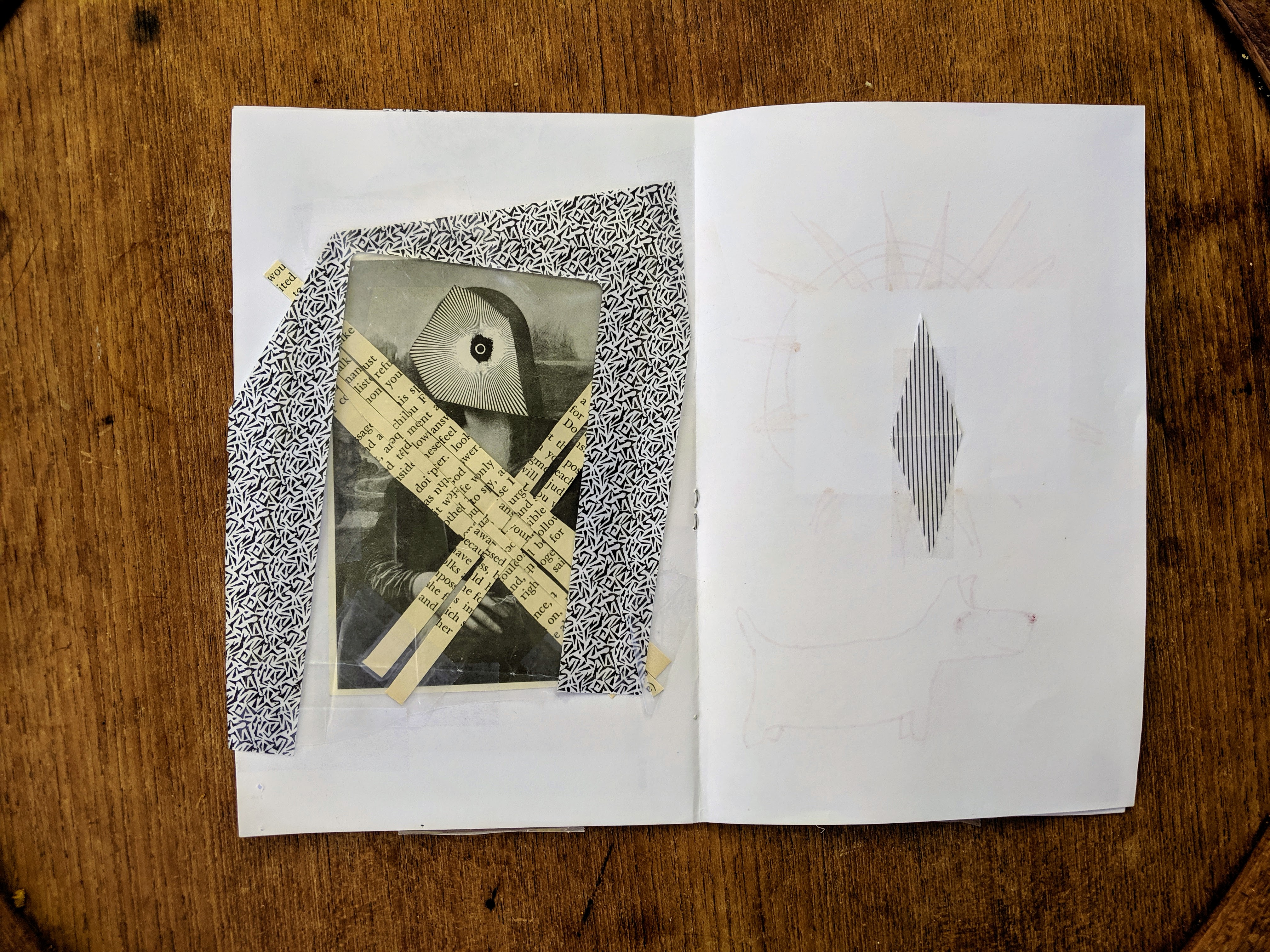
A solution came in exploration of Surrealist collage techniques. The exciting juxtapositions that often stemmed from these chance-based techniques were something I thought could be expressed with code in a new and exciting way. And randomness is a way of giving up control over outputs. The math.random() function (or something very similar in each programing language) was the method I would use to loosen my grip, and try to introduce a sense of agency into my hopeful collaborations with code (code as tool; tool as collaborator).
The first steps involved adding a random display element to a coding tool that I could interface with and effect in some manner. I created a set of what I called “strange tools.” Most tended to act in this manner (example); a line was created between two points, where one point’s location on the screen is determined by me (usually through mapping mouse locations) and the other by an x and y coordinate using a random number generated by the program’s random function. I created dozens of these strange tools, each offering variations on this basic functionality.
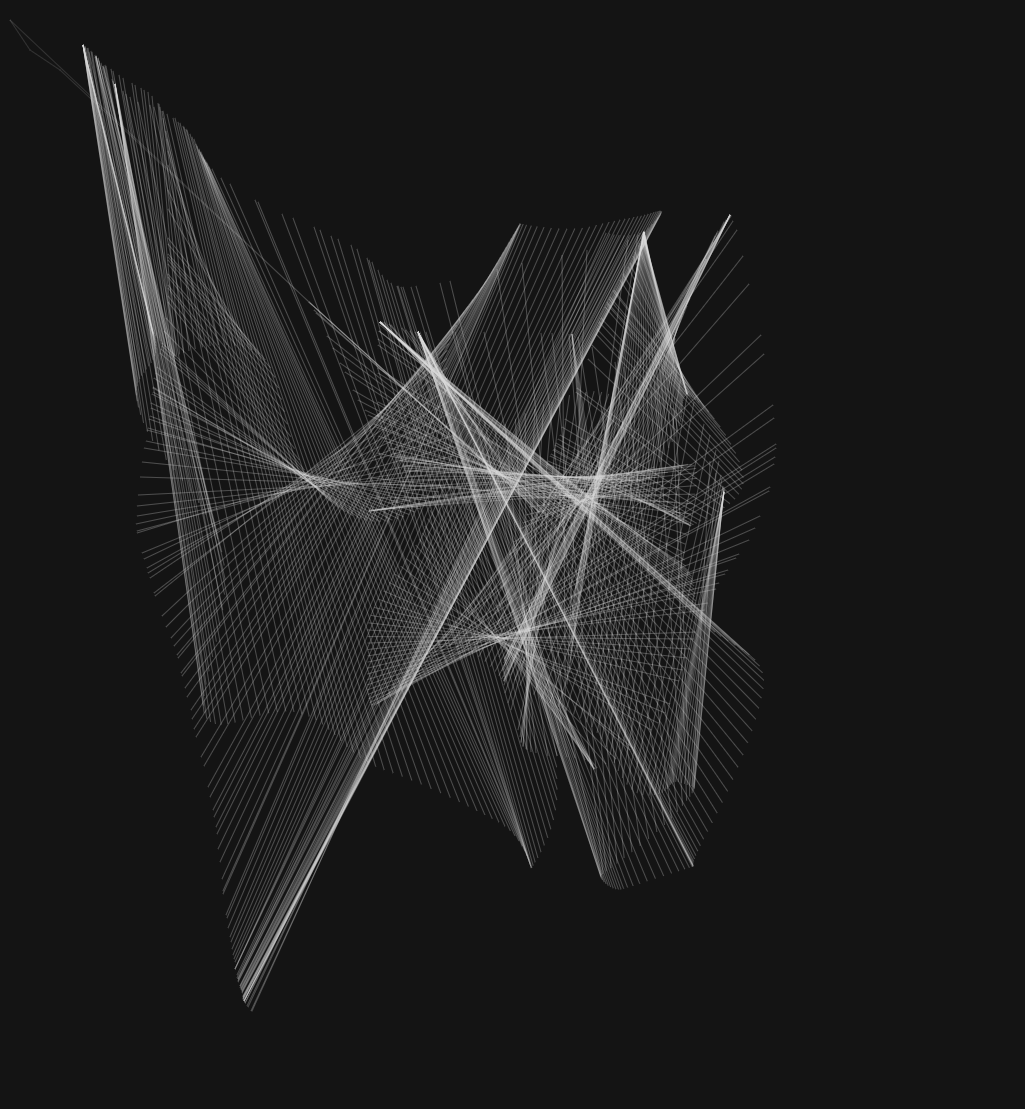
This randomness could be applied to almost any aspect of creating an image with code. The dimensions of the canvas or output space, the size and scale of added objects, the number of those objects, the locations of them—these all could be modified in something that looked like tool-agency by way of randomness. The randomness did work to challenge my control over the outputs, but it was constrained. The strange tools typically only reacted to my prompts and did not act without a push of some sort. I was allowing for a kind of messy interaction, but one that I plan and that I, in the end, control.
So I pushed a little more, looking for a more authentic and non-hierarchical, even field of collaborative making. I hoped that the exciting juxtapositions of Surrealist collage techniques would create a less controlled output. Randomness was still my way of introducing something that could act outside of my control, but I would attempt to create distance from my inputs in these programs. The various collage techniques (cubomania, étrécissements, photomontage, and triptophraphy) could run as an algorithm of sorts. Each method had variables (i.e., the number of cubes) that could be given an upper and lower limit but be randomly picked by the program as needed. To push these programs further, I made the image selection itself a random process, adding randomness to the URLs used for the image archive sites. Many of these programs only needed me to hit the start button and would otherwise run themselves.
With the Surrealist collage programs and the strange tools, I created hundreds of images. They were exciting and unexpected. I developed many other tools and techniques that worked in similar ways towards similar goals. The outputs were excellent, and that really should have been enough. I had created a set of tools that acted with a version of agency that I found compelling and valuable. The collaboration was productive, and I was finding myself often delighted with the outputs—and this is what I wanted; to be surprised and delighted by what I had a hand in making. But I suppose they did not feel like “graphic design” in some way. I didn’t have to try very hard; the designs didn’t communicate anything obvious; they were simple and easy, and graphic design graduate school felt like it demanded more. I needed to show my mastery over the materials; I still felt that I needed to control the output and do the real making, if I was going to call the work mine.
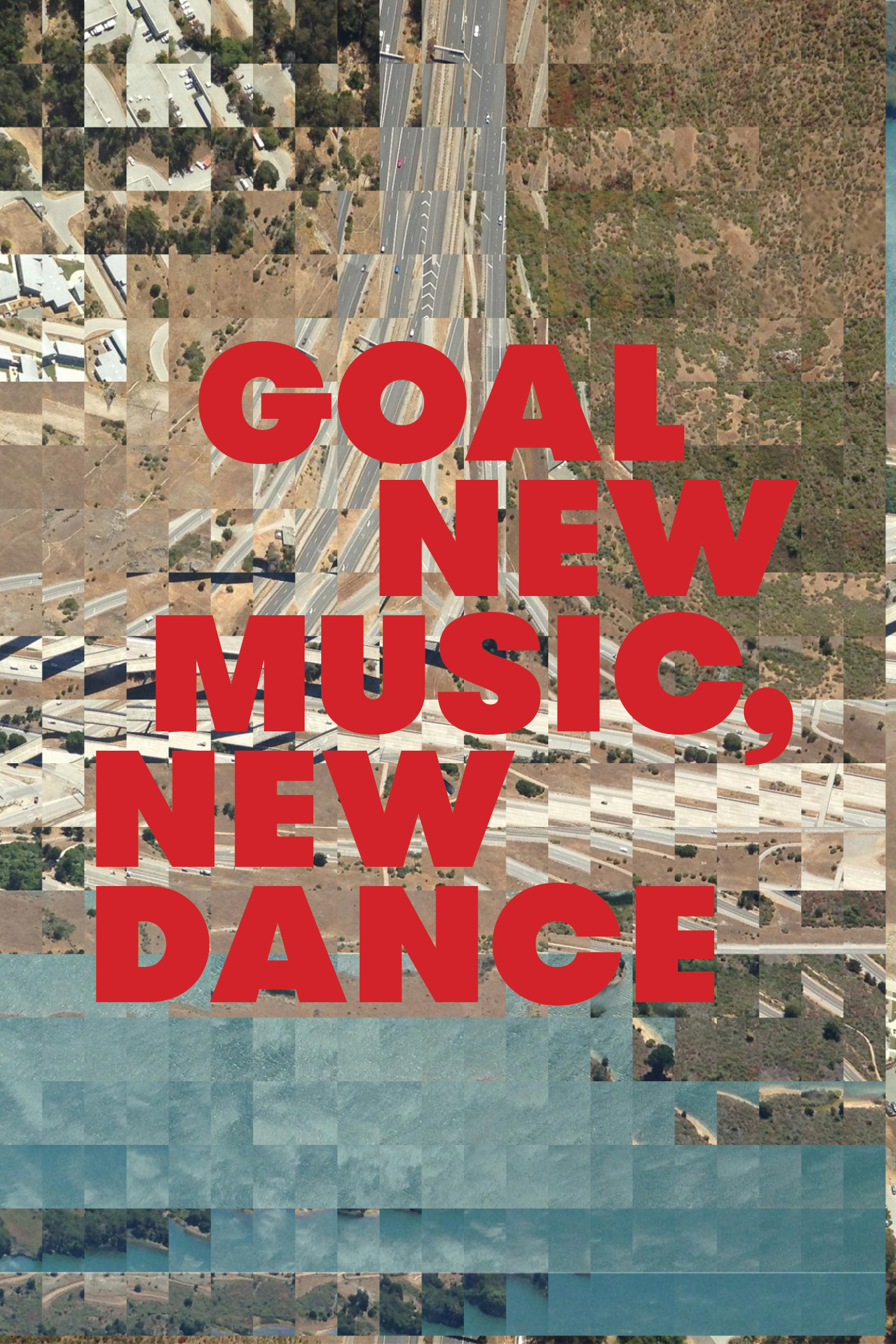
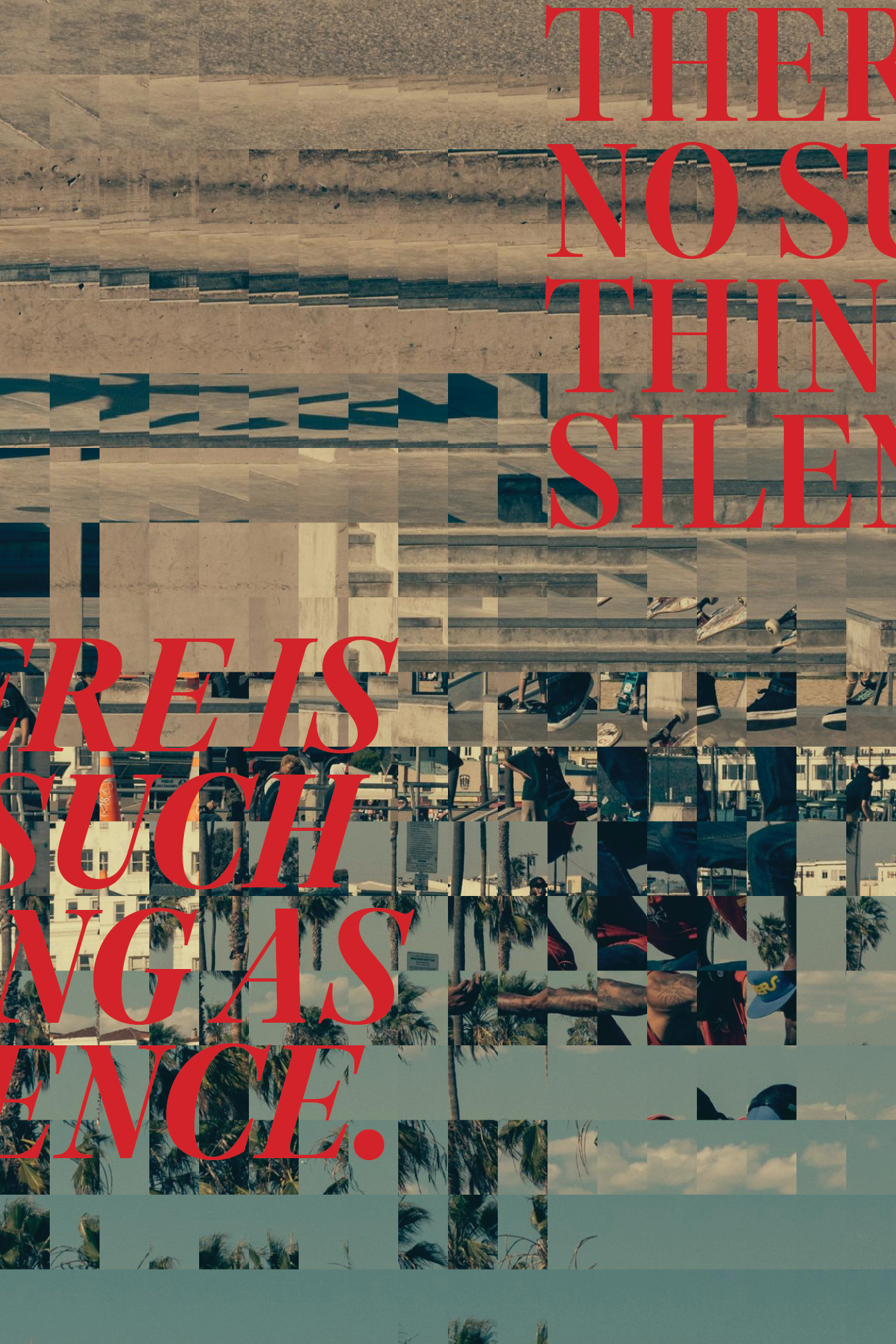
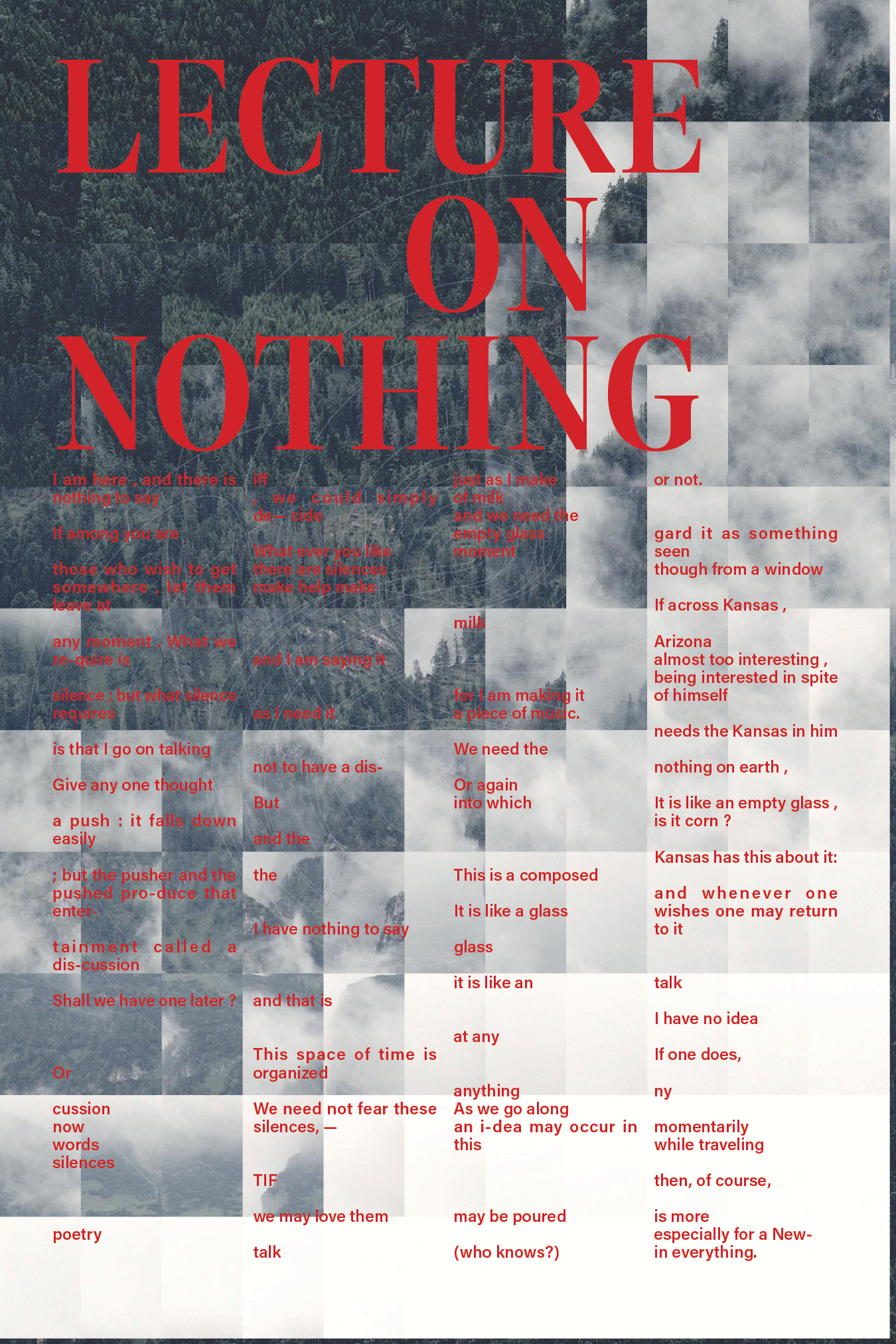
In the final outputs of these projects, I treated the individual images as elements of a larger and more complex system. I created a set of hybrid posters featuring the collaboratively generated objects working together in various ways. Again, I exerted my control, this time as editor and curator. I determined the value and success of each of the elements and chose if I would include it in the final design. They are beautiful, a successful and prolific creative output, and maybe they are collaborative (with code/tool as collaborator). But they are still very much made by me, under my control as desinger-god working behind the screen to make a hopefully beautiful thing. And so, onto the next.
The end.
︎︎︎︎︎︎P︎
Next
Chapter 3 — A Careful Trust / Zine Collaborations